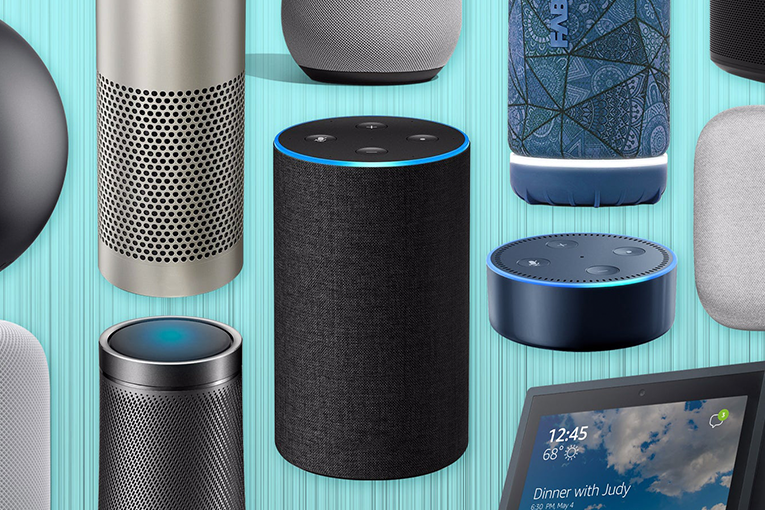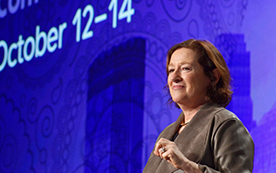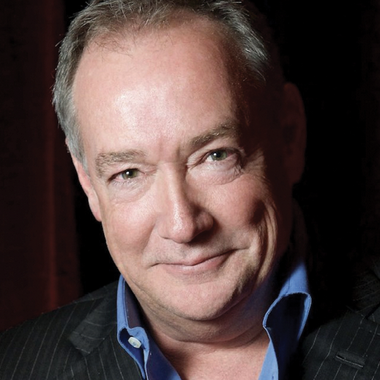
Smart Speakers Have Become ‘Vital’ To Radio, But Device Ownership Growth Is Slowing
The radio industry is probably not spending much time thinking about what was under the Christmas tree last year, but it is what was not there that likely matters more anyhow. The latest data from Edison Research shows the number of smart speakers in use grew only slightly during the fourth quarter. It says 41% of Americans surveyed during Q4 said they owned a smart speaker. That was up only a tad from the third quarter, as data released by Cumulus Media shows smart speaker ownership gains have slowed considerably.
Edison data shows smart speakers are still seeing more users: the fourth quarter figure was up eight percent from a year earlier. But there was no holiday gift-giving “pop” for the devices in either 2021 or 2022. That compares to the period from 2017 to 2019 when smart speaker ownership soared from 7% to 33%.
Liz Mayer, Insights Manager at Cumulus Media and Westwood One, says that while forecasters initially predicted a significant number of use cases for smart speakers, that outlook may have been overly optimistic. “Perhaps ownership rates have stalled due to limited consumer applications besides playing music and answering simple questions,” she says. “Since smart speakers are inherently at-home devices, consumer interest and attention might be more focused on out-of-home activities in the post-pandemic era,” Mayer says.
The latest data shows the gains smart speakers are having are among older Americans. Edison says the rate of ownership doubled to 26% between Q4 2018 and Q4 2022 among people aged 55 and older. That compares to an 88% growth rate for 13 to 34 year olds, who may be more focused on the latest mobile phone than smart speaker.
The rate was higher among 35- to 54-year-olds, which Edison tracked a 96% growth rate for ownership of the devices during the four-year period. Yet there may also be a ceiling for interest in smart speakers. Edison says about half (47%) of 13- to 54-year-olds own one.
“Only one in four Americans over the age of 55 own a smart speaker, perhaps due to limited perceived benefits,” Mayer says.
Despite the slower growth rate, Mayer says that smart speakers remain “vital” to AM/FM since they are now more likely to be the only radio device inside the home. Edison’s 2022 Infinite Dial study revealed that 40% of smart speaker owners do not have a radio in their home, which was up from 28% in 2018. “It is impressive that in five years, over a quarter of total AM/FM radio streaming is now occurring via smart speakers,” she writes.
Even so, Triton Digital reports the proportion of total U.S. AM/FM radio streaming occurring through a smart speaker is also no longer growing at the pace in has been during the past few years. During the past two years, AM/FM radio streaming via smart speaker has grown slightly, rising from 23% to 26%.
The latest Edison Share of Ear data, also made public by Cumulus, points to on-air promotion paying off for AM/FM radio. It says that more than a third (36%) of the ad-supported audio time on smart speakers goes to AM/FM. That is ten points higher than second-place podcasts.
Those numbers are likely higher in the big cities. Mayer points out that in the top 10 DMAs, smart speaker ownership is 12% more likely than average according to Nielsen Scarborough. In markets 51 and smaller, ownership is 20% less likely. Salt Lake City had the highest rate of smart speaker ownership. There, people were 47% more likely to own one, with higher than average rates also in Austin, Chicago, Dallas and Indianapolis.
Mayer says Cumulus Media has seen first-hand growth in how important smart speakers are to its streaming success. Nearly a third (32%) of all streaming to its more than 400 radio stations during February went to a smart speaker. That is up 168% from February 2019.






















































































































